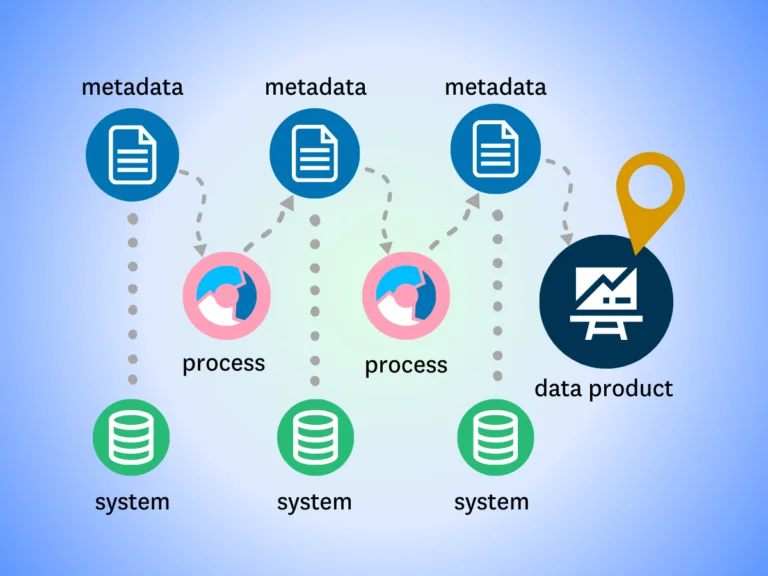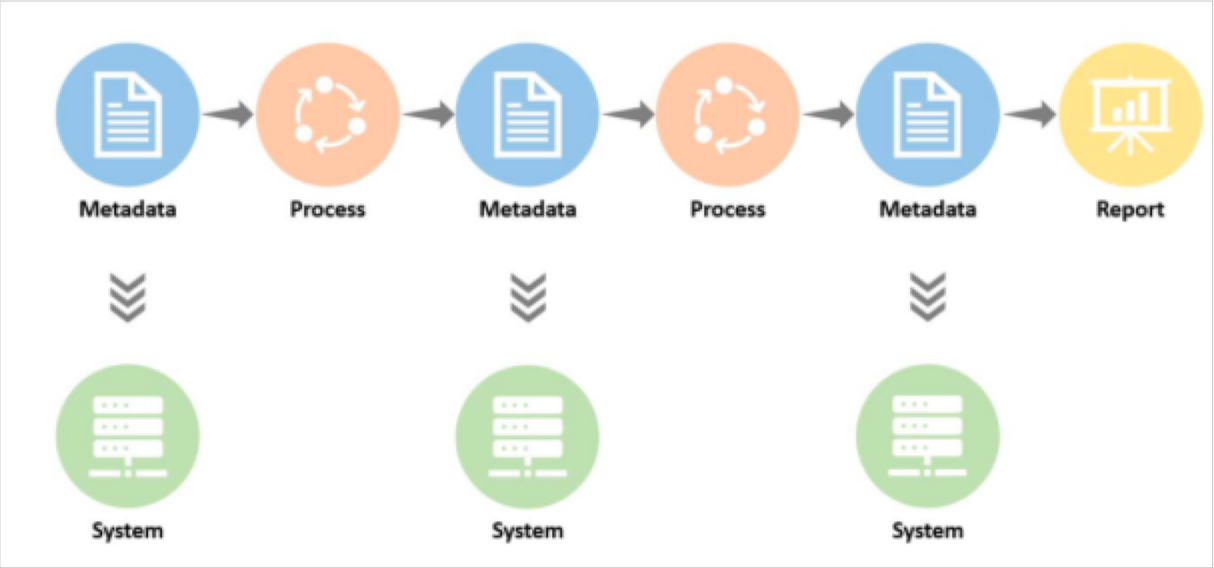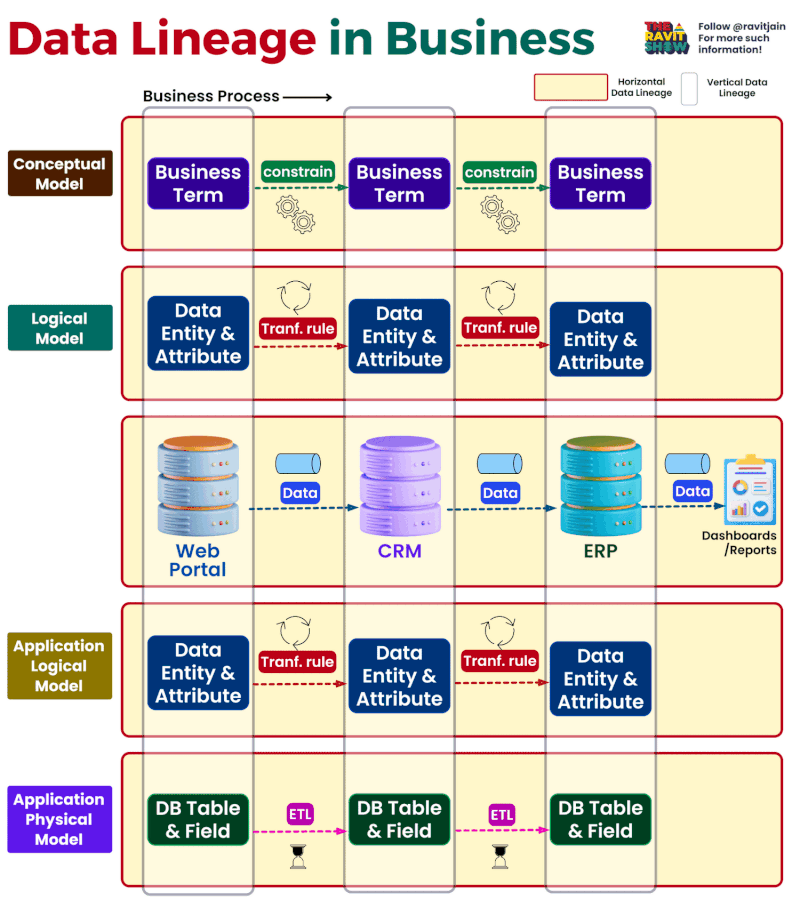Unlock the secrets of data lineage and discover the fascinating journey your data takes through the digital landscape.
Table of Contents
- Introduction:
- Understanding the Basics of Data Analytics:
- Establishing Data Ownership and Governance:
- Mastering SQL for Data Analysis:
- Leveraging Excel for Data Analysis:
- Harnessing the Power of Python for Data Science:
- Utilizing R for Statistical Analysis:
- Visualizing Data with Tableau:
- Building Interactive Reports with PowerBI:
- Practicing Data Analysis Skills:
- Conclusion:
Hey there, all you amazing teachers who are diving into the world of data analytics! Today, we are going to unravel the mystery of data lineage and explore the fascinating journey of your data. By understanding the path your data takes, you can gain valuable insights and make informed decisions based on reliable information. Buckle up, and let’s get started on this data-filled adventure!
Introduction:
In the fast-paced digital age we live in, data analytics plays a crucial role in shaping strategies, making decisions, and driving innovation. As teachers transitioning into the realm of data analysis, grasping the basics of data lineage is essential to ensure the accuracy and reliability of your analyses. Let’s explore the foundation of data lineage and its significance in the world of analytics.
Understanding the Basics of Data Analytics:
Data analytics is the process of examining large datasets to uncover patterns, trends, and insights that can drive informed decisions. Data lineage, on the other hand, involves tracing the path of data from its origin to its various transformations and destinations. By understanding the lineage of your data, you can ensure its quality and integrity throughout the analytics process.
Establishing Data Ownership and Governance:
Data ownership is a crucial aspect of data governance, especially in educational institutions where sensitive information is handled. As a teacher delving into data analytics, it is essential to establish clear ownership of data to ensure accountability and security. Implementing robust data governance practices can also help in maintaining data quality and compliance with regulations.

Image courtesy of www.montecarlodata.com via Google Images
Mastering SQL for Data Analysis:
Structured Query Language (SQL) is a powerful tool for querying and manipulating data in relational databases. As a teacher turning data analyst, learning SQL can unlock a whole new world of data analysis possibilities. By mastering SQL commands and best practices, you can efficiently retrieve and analyze data to extract valuable insights for educational decision-making.
Leveraging Excel for Data Analysis:
Microsoft Excel is a ubiquitous tool that many of us are familiar with. However, its capabilities in data analysis are often underestimated. As a teacher venturing into data analytics, harnessing Excel’s features for data manipulation and visualization can enhance your analytical skills and simplify complex data analysis tasks. Learn to utilize Excel functions and formulas to uncover hidden patterns and trends in the data you analyze.
.png?width=600&name=G2CM_FI072_Learn_Article_Images-%5BData_Lineage%5D_Infographic_V1a%20(1).png)
Image courtesy of learn.g2.com via Google Images
Harnessing the Power of Python for Data Science:
Python has emerged as a popular programming language for data science and analysis due to its versatility and extensive library support. As a teacher entering the realm of data analytics, learning Python can open up a new world of possibilities in data manipulation, statistical analysis, and machine learning. With its clear syntax and powerful libraries, Python can empower you to dive deeper into the world of data analysis.
Utilizing R for Statistical Analysis:
R is another powerful programming language commonly used in statistical analysis and data visualization. For teachers stepping into the realm of data analytics, mastering R can enhance your ability to conduct advanced statistical analyses and produce compelling visualizations. With its vast collection of packages and tools, R can be a valuable addition to your data analysis toolbox.

Image courtesy of www.montecarlodata.com via Google Images
Visualizing Data with Tableau:
Tableau is a popular data visualization tool that allows users to create interactive and visually appealing dashboards and reports. As a teacher exploring data analytics, mastering Tableau can help you communicate insights effectively through captivating visualizations. By learning to build interactive dashboards in Tableau, you can streamline data-driven decision-making processes in educational contexts.
Building Interactive Reports with PowerBI:
Microsoft Power BI is another robust tool for data visualization and interactive reporting. For teachers venturing into data analysis, Power BI can simplify the process of creating dynamic reports and dashboards that enable stakeholders to explore data interactively. By familiarizing yourself with Power BI tools and features, you can elevate your data analysis and reporting capabilities to the next level.

Image courtesy of www.linkedin.com via Google Images
Practicing Data Analysis Skills:
Just like any skill, mastering data analysis requires practice and dedication. As a teacher transitioning into the field of data analytics, engaging in real-world projects and exercises can help you refine your analytical skills and stay abreast of the latest trends in data analysis. By continuously learning and practicing data analysis techniques, you can enhance your expertise and make a meaningful impact with your data-driven insights.
Conclusion:
Congratulations, brave teachers turned data analysts, on embarking on this exciting journey into the world of data analytics! By demystifying data lineage and mastering key tools and skills such as SQL, Excel, Python, and visualization tools like Tableau and Power BI, you are equipping yourself with the tools necessary to excel in data analysis. Remember, the journey of data is an intricate and fascinating one, and by understanding its lineage, you can unlock the potential for meaningful insights and informed decision-making. Keep exploring, keep learning, and keep making a difference with your newfound data capabilities!

